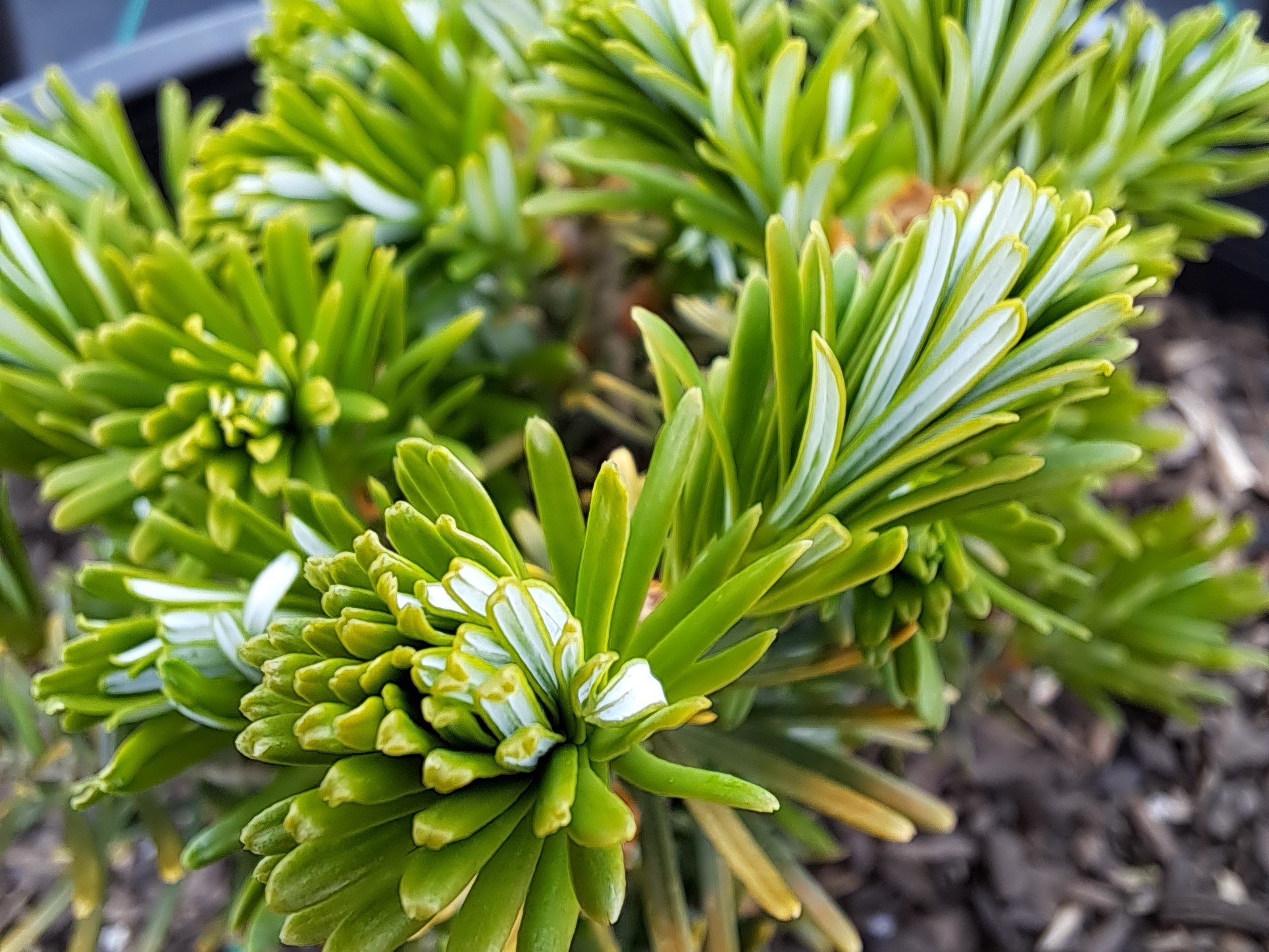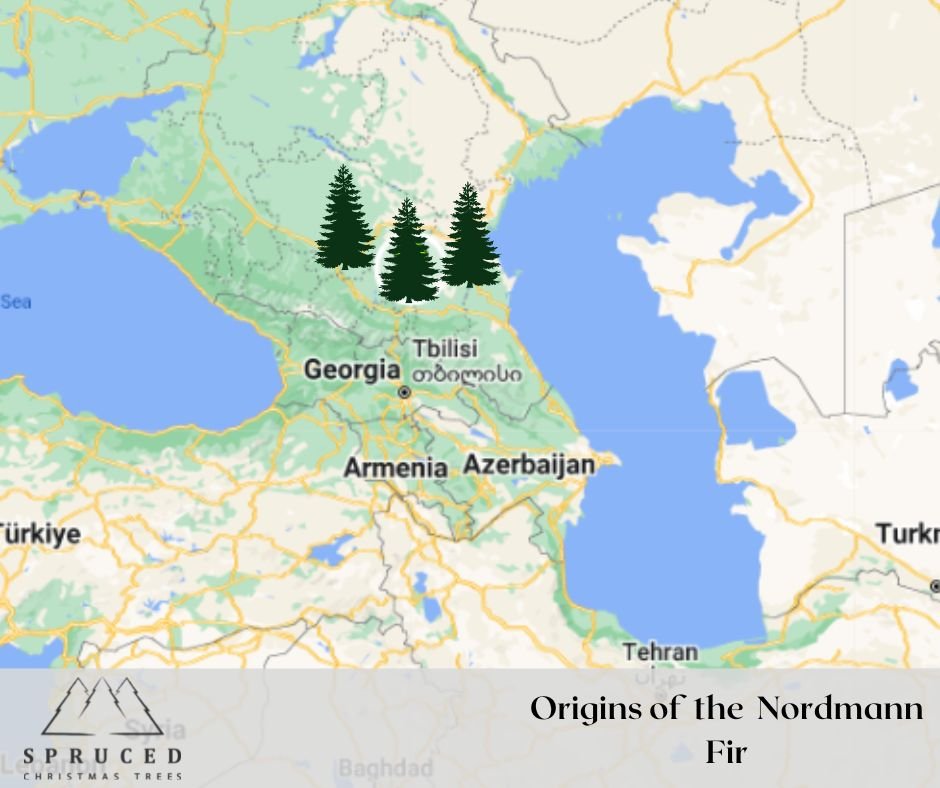Nordmann fir
Abies nordmanniana
It’s no wonder the Nordmann fir remains the most popular Christmas tree in Europe. A vintage classic, sweet and aesthetically pleasing tree - what’s not to love?
This beautiful tree has the ideal shape, colour, fragrance and needle retention characteristics for a traditional Christmas tree. The short, brush-like needles are soft and glossy with white undersides and they hold very well after cutting.
Origin and climate
Nordmann firs originated from the Pontic Mountains in northern Turkey and the Caucasus mountains in Russia and Georgia. Predominantly growing at higher altitudes.
Growth
Height: Slow growing, 10 to 20cm each year. 8-12 years to reach 2 meters for Christmas Trees. Mature trees 55 - 60 meters.
Ideal Growth Conditions: Best suited to Cool humid climate, well drained, loam, clay sandy soils. Frost tolerant.
Attributes: short, flat needles that are soft and glossy with white undersides. Long green to brown cones
Tree Care
The Nordmann fir is the easy car, classic. Slow growing but worth the wait.
Plant in winter to reduce stress, and keep younger trees in pots as ornamentals.
Uses: Ornamental for gardens, tree lines and wind breaks, fresh-cut Christmas trees.
Fresh-cut tree care: Treat your fresh-cut tree like you would fresh-cut flowers, when you first arrive home, recut the base of the tree and place it in clean water. Check the water level daily, ensuring the stem is fully submerged. Want to give your tree some extra TLC? Spritz with water daily to help keep it fresh for several weeks.
Fun facts
Nordmann fir buds, like those of other firs, are edible and can be used in salads and pies. They have also been used to make cough syrup throughout history.
The needles are also covered in a layer of natural wax that makes the tree a lot less irritating for people with allergies. This also makes it scent extremely subtle, only releasing if you rub or break a needle.






